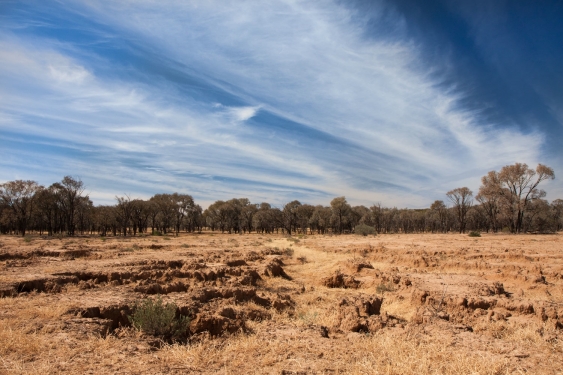Australia’s land clearing rate is once again among the highest in the world
Deforestation threatens much of Australia’s extraordinary biodiversity and, if not redressed, will blight the environmental legacy we leave future generations, warn scientists including Richard Kingsford, Martine Maron and Brendan Wintle.




